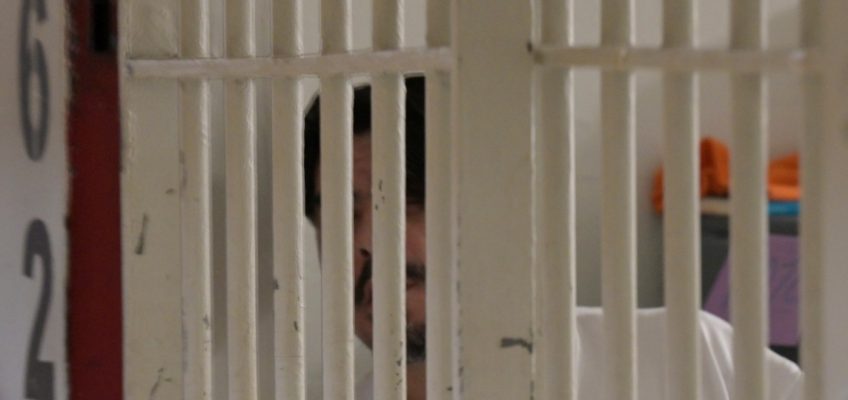Twin Cities drivers will see lane and ramp closures on Interstate 35W from Bloomington to Burnsville next week.
Both directions of I-35W between Interstate 494 and the Interstate 35/Interstate 35E/I-35W split will close for two nights starting Monday.
The lanes will close at 9 p.m. Monday and Tuesday and reopen at 5 a.m. the following mornings, according to the Minnesota Department of Transportation.
Northbound, southbound detours
During the closures, traffic traveling northbound can detour on northbound I-35E to northbound U.S. 77 to westbound I-494 to northbound I-35W.
Motorists traveling southbound on I-35W can use eastbound I-494 to southbound U.S. 77 to southbound I-35E to southbound I-35 as a detour.
Ramp closures
The ramp from eastbound U.S. 13 to southbound I-35W and the ramp from southbound I-35W to westbound U.S. 13 will close 5 a.m. Tuesday through September.
Traffic for the eastbound U.S. 13 ramp will detour on westbound U.S. 13 to southbound County Road 5 to eastbound County Road 42 to southbound I-35E.
Traffic for the westbound U.S. 13 ramp will detour on southbound I-35W to westbound Burnsville Parkway to northbound County Road 5 to westbound U.S. 13.
The ramp from southbound I-35W to County Road 42 will close 5 a.m. Tuesday, through October. Traffic for the County Road 42 ramp will have two detour options:
• Southbound I-35W to westbound Burnsville Parkway to southbound County Road 5 to County Road 42.
• Southbound I-35 to westbound County Road 46 to northbound Buck Hill Road to westbound Southcross Drive to northbound County Road 5 to County Road 42.
I-35W in Lakeville
Meanwhile, beginning shortly after midnight on Friday, Aug. 22, crews will shut down northbound I-35 between 210th Street and 185th Street in Lakeville to install a digital traffic sign, according to state transportation officials.
The stretch of freeway is slated to be closed from 12:01 a.m. to 3 a.m. that day. Detour signs will direct motorists via Kenrick Avenue.
Beginning at 8 p.m. on Thursday, Aug. 21, the same portion of roadway will be reduced to one lane.
Crews will close and detour northbound Interstate 35 between 210th Street and 185th Street in Lakeville from 12:01 to 3 a.m. Friday, Aug. 22. Motorists will be detoured using Kenrick Avenue.
Before the closure, beginning at 8 p.m. on Thursday, Aug. 21, crews will reduce northbound I-35 to one lane in the same area to prepare for the work.
For more information about the project, visit mndot.gov/metro/projects/i35wburnsville.
For real-time Minnesota travel and traffic information, go to 511mn.org.
Related Articles
Delays possible on St. Croix River bridge as crews work to remove epoxy coating
Twin Cities road closures this weekend for I-94, I-694, I-35W and I-35E
St. Croix River bridge navigation lights to be replaced next week
Hwy 52 to close overnight throughout August for pedestrian bridge repairs
I-494 in Inver Grove Heights closing over weekend for construction




